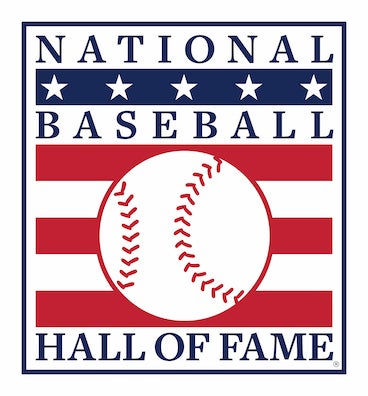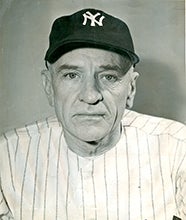- Home
- Our Stories
- Marquard adds to Hall of Fame resume with no-hitter
Marquard adds to Hall of Fame resume with no-hitter
Richard Marquard was beginning his eighth big league season in 1915 and had already accumulated a career’s-worth of nicknames, ranging from “Rube” to “The $11,000 Lemon.”
But on April 15, 1915, Marquard achieved a far-greater distinction when he threw what was then the earliest no-hitter in any big league season.
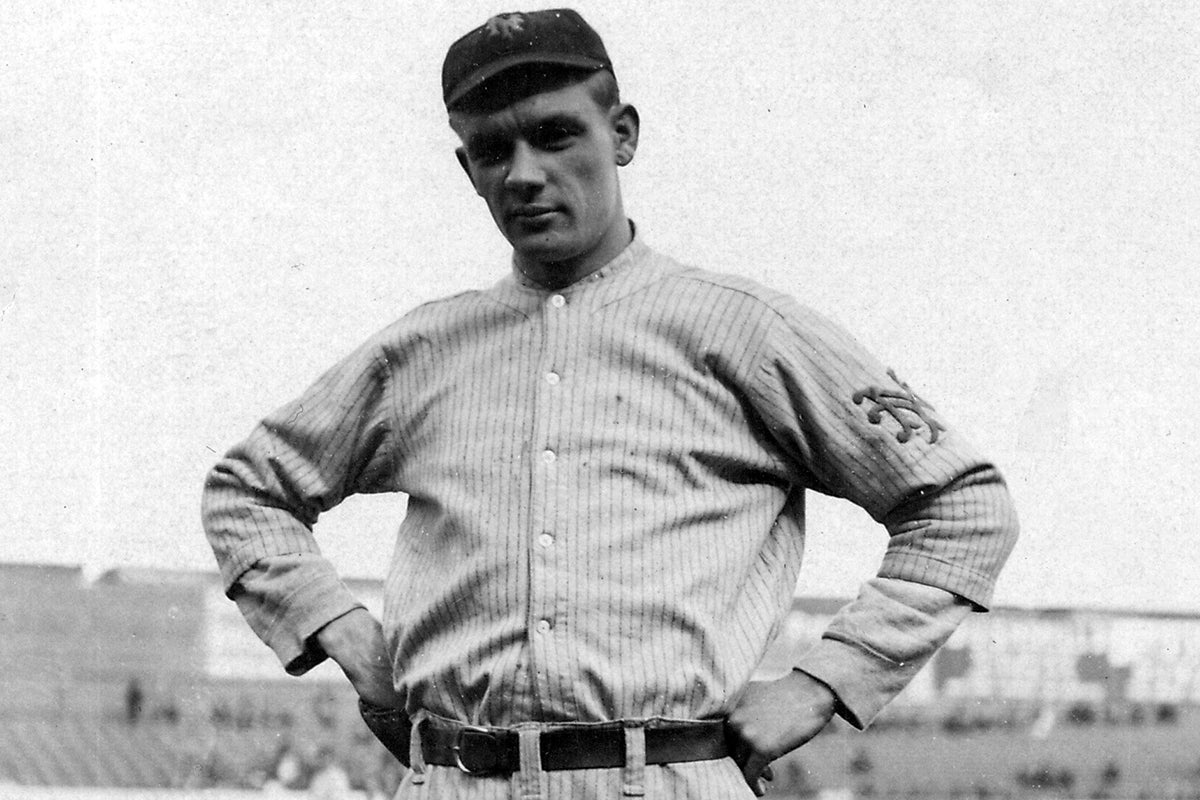
Marquard, entering his eighth year with the New York Giants, started the team’s second game of the campaign. Jeff Tesreau led New York to a win over Brooklyn on Opening Day in the season opener the day before, allowing three runs (none earned) in a 16-3 victory. But Marquard was even better.
Pitching at the Polo Grounds, Marquard retired 19 of the first 20 batters he faced, allowing only a second-inning walk to Brooklyn right fielder Casey Stengel. The Dodgers would put two runners on base in the seventh inning via a walk and an error, but Marquard pitched around the traffic to keep New York’s 1-0 lead intact.
Then in the bottom of the seventh, Marquard singled home Fred Merkle to double his lead. He would retire the side in order in both the eighth and the ninth, ending the game by getting Zack Wheat to ground back to the box and wrapping up the Giants’ 2-0 victory.
“Here’s a man,” Stengel said at Mets Old Timers Day in 1970, standing next to Marquard, “who belongs in Cooperstown.”
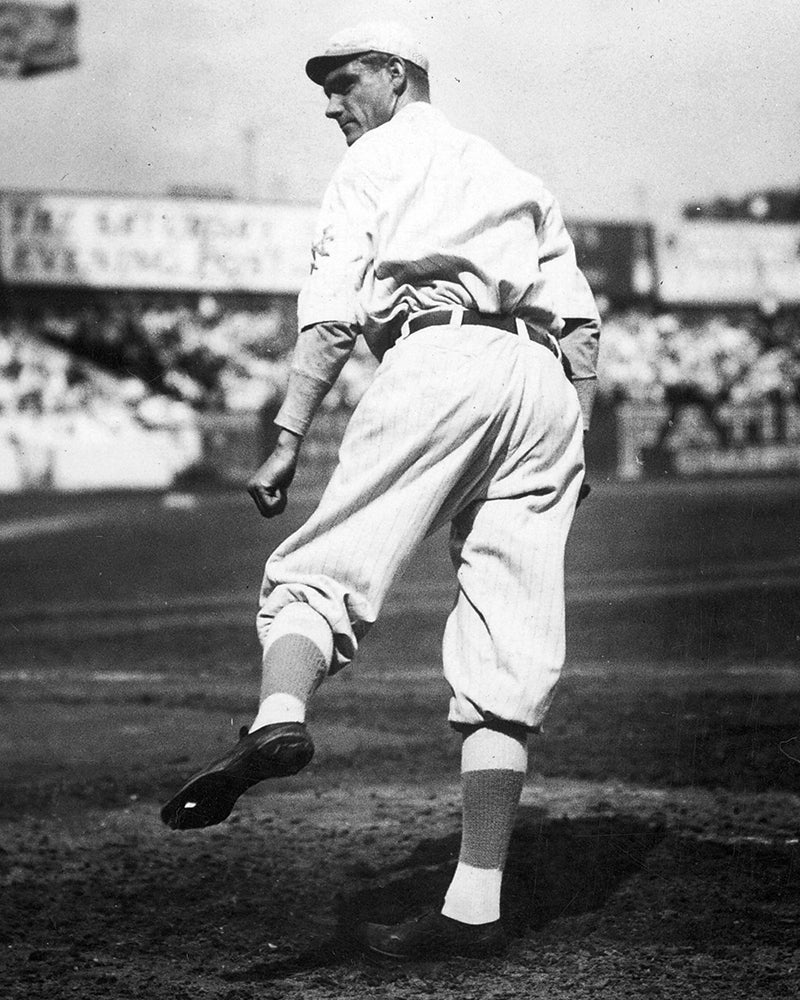
The no-hitter was just the second in April in the Modern Era (post 1900), with the first coming from the arm of Cleveland’s Addie Joss on April 20, 1910. It would remain the earliest National League no-hitter by date until April 7, 1979, when Ken Forsch of the Astros no-hit the Braves.
Born Oct. 9, 1886, in Cleveland, Marquard starred for Class B Canton of the Central League in 1907 before winning 28 games for Class A Indianapolis in 1908. On July 1 of that year, the Giants purchased Marquard’s contract for the much-ballyhooed price of $11,000 and brought Marquard to the big leagues for one start that September.
But Marquard went 5-13 for the Giants in 1909 and was 4-4 in just 13 games the following year. Finally, in 1911, Marquard’s promise paid off when he won 24 games and struck out a National League-leading 237 batters for the pennant-winning Giants. The next season, Marquard was 26-11, winning a record 19 games in a row.
By 1915, however, Marquard’s fastball had faded. The Giants placed him on waivers and he was selected by the Dodgers on Aug. 31 as the same team he no-hit earlier in the season was making a push for the pennant. Brooklyn fell short that year but Marquard remained with the club and went 13-6 with a 1.58 ERA to help the Dodgers win the pennant in 1916 and another in 1920.
He finished his 18-year big league career with a 201-177 record and a 3.08 ERA.
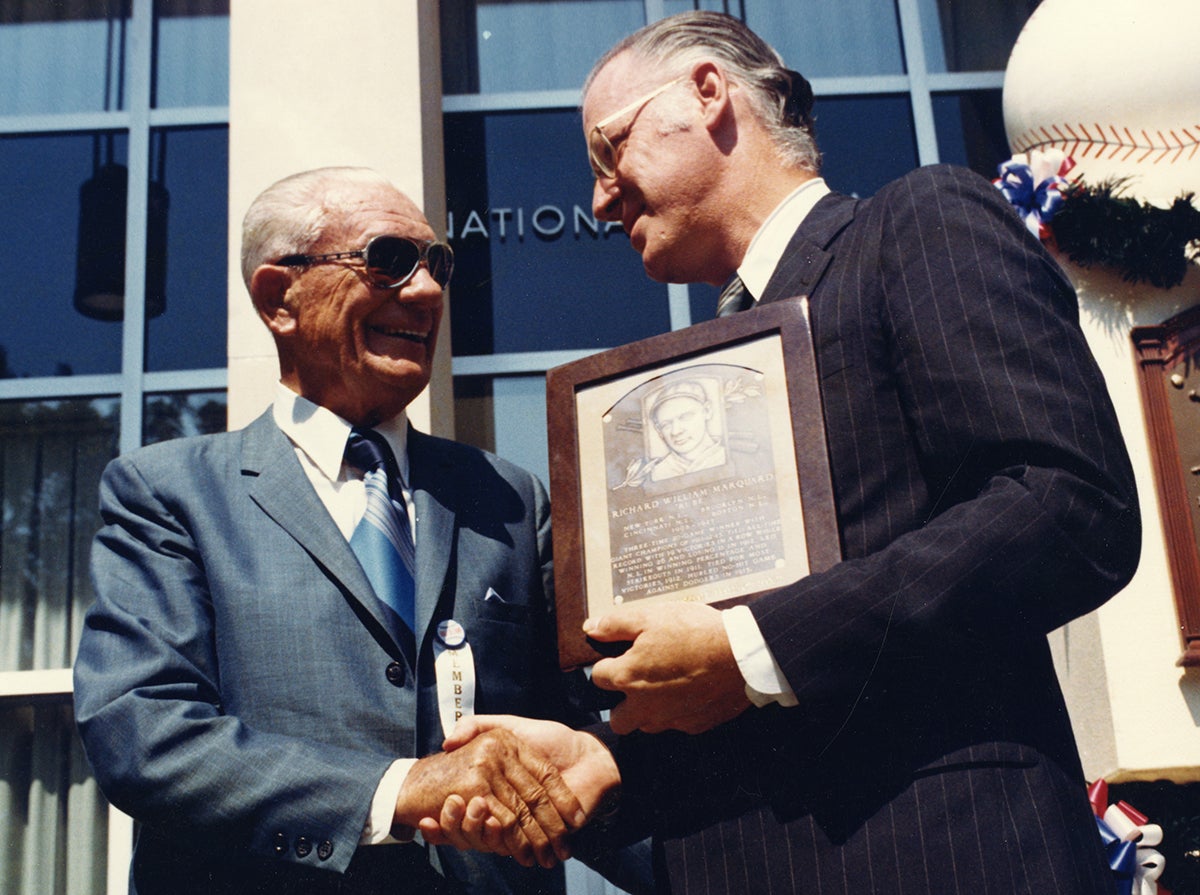
Marquard was elected to the Hall of Fame in 1971. Lawrence Ritter, the author of “The Glory of Their Times” and a friend of Marquard, delivered the Hall of Fame news via ship-to-shore radio. Marquard and his wife were on a Caribbean cruise when he joined baseball’s greatest fraternity in Cooperstown.
“I’m so happy, I’m all choked up,” the Tampa Bay Times reported Marquard, who had wondered aloud for years if he’d ever be elected, telling Ritter on the call: “I can hardly talk.”
Marquard passed away on June 1, 1980.
Craig Muder is the director of communications for the National Baseball Hall of Fame and Museum
